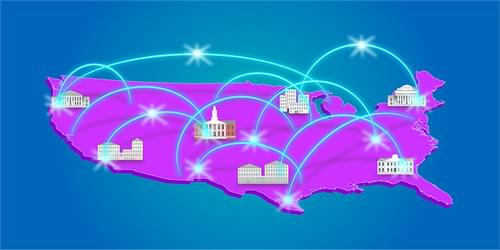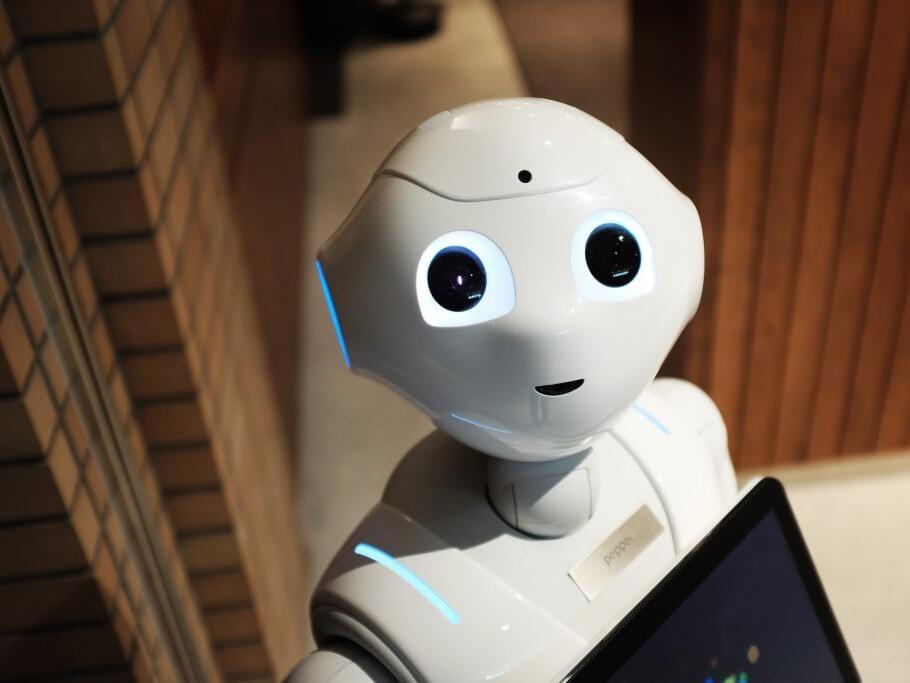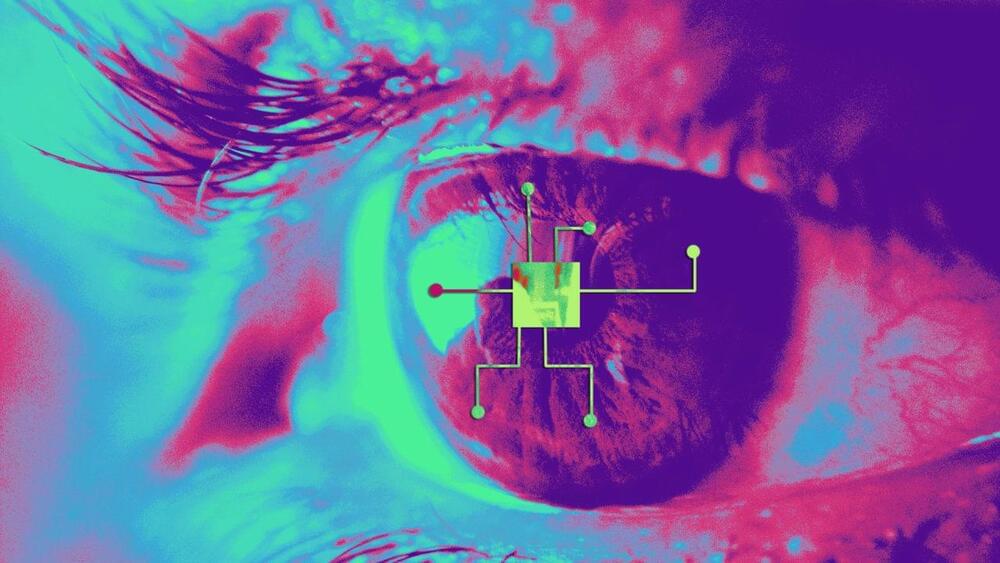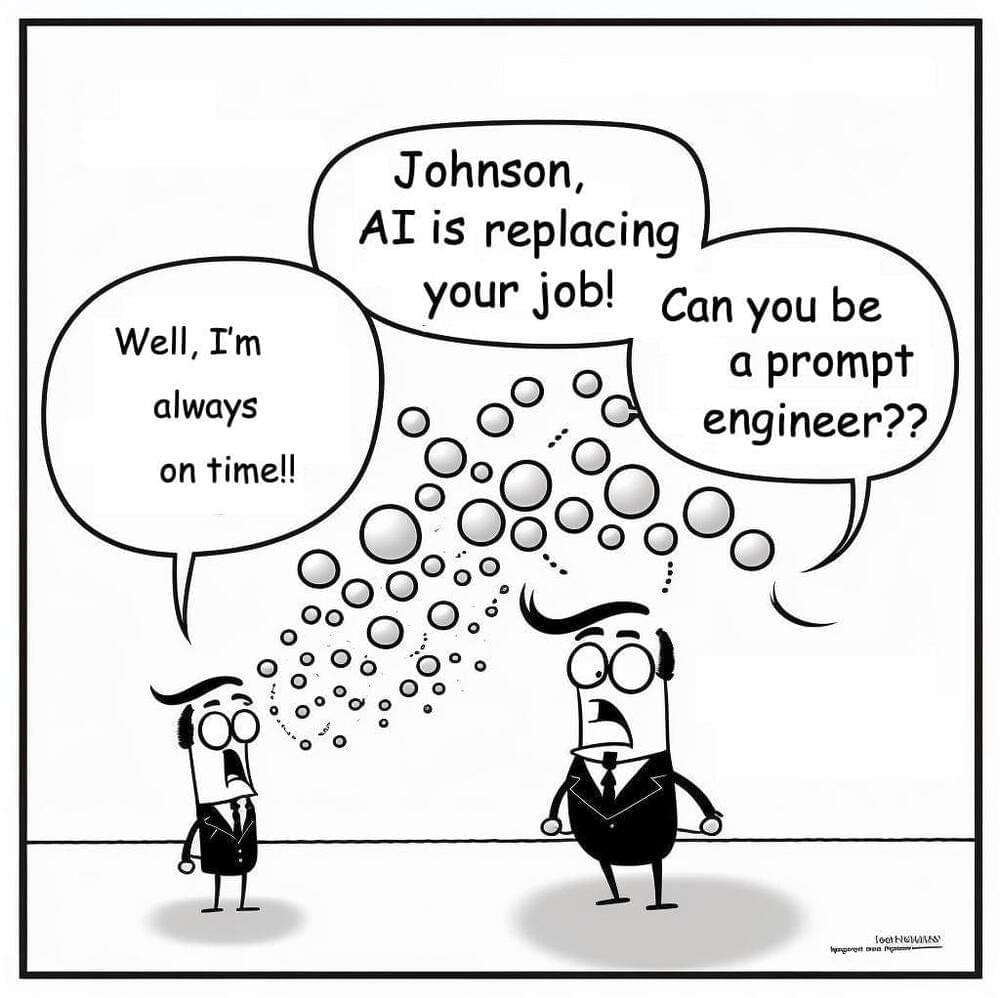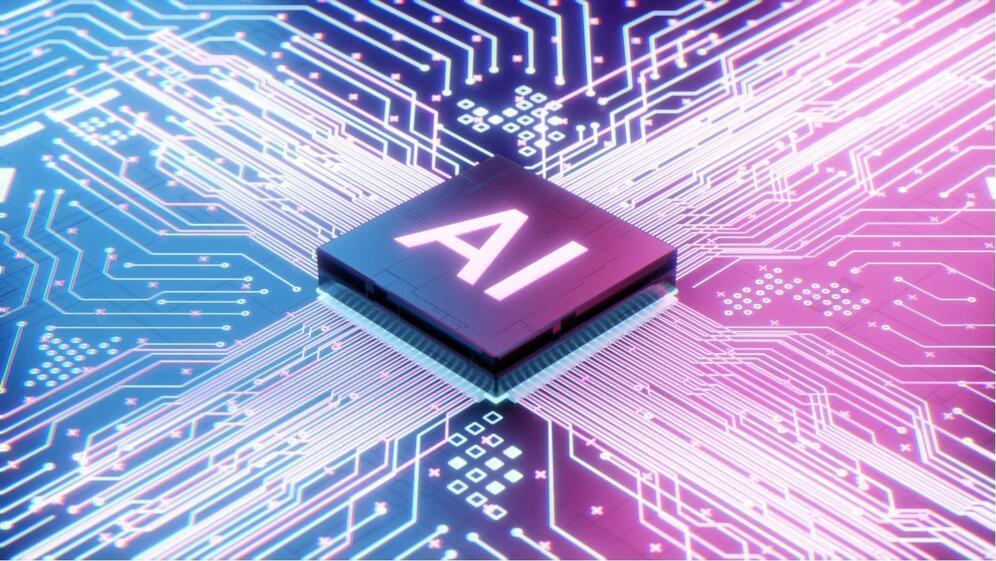Now, we live in a time in which AI research and technology is advancing exponentially. In the coming years, AI — and ultimately AGI — has the potential to drive one of the greatest social, economic and scientific transformations in history.
That’s why today Sundar is announcing that DeepMind and the Brain team from Google Research will be joining forces as a single, focused unit called Google DeepMind. Combining our talents and efforts will accelerate our progress towards a world in which AI helps solve the biggest challenges facing humanity, and I’m incredibly excited to be leading this unit and working with all of you to build it. Together, in close collaboration with our fantastic colleagues across the Google Product Areas, we have a real opportunity to deliver AI research and products that dramatically improve the lives of billions of people, transform industries, advance science, and serve diverse communities.
By creating Google DeepMind, I believe we can get to that future faster. Building ever more capable and general AI, safely and responsibly, demands that we solve some of the hardest scientific and engineering challenges of our time. For that, we need to work with greater speed, stronger collaboration and execution, and to simplify the way we make decisions to focus on achieving the biggest impact.

